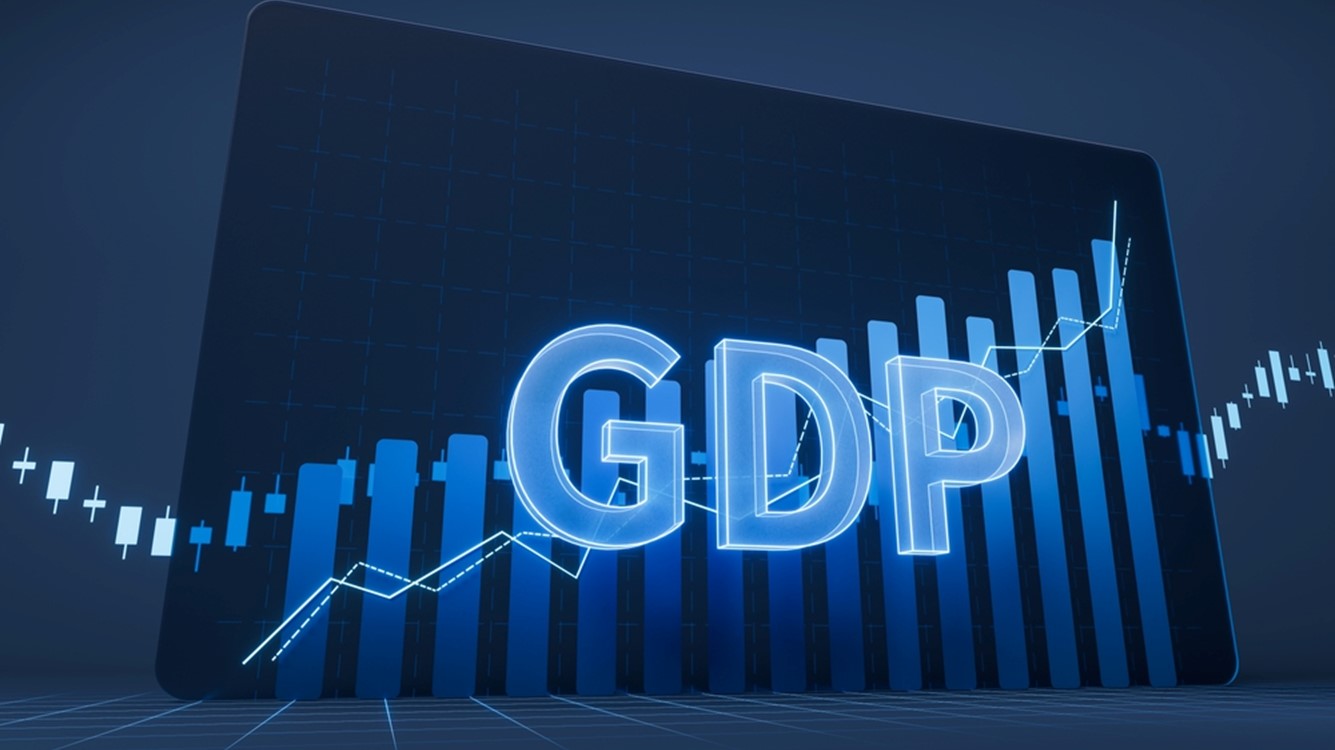Momentum & heat
Acceleration in spending in the service sector stood out.

April 25, 2024
Real GDP rose at a 1.6% annualized pace in the first quarter, less than half the 3.4% pace of the fourth quarter. Three factors accounted for the miss on GDP:
- The trade deficit widened, which alone shaved 0.8% from GDP, with demand in the US holding up better than abroad.
- Inventories continued to drain instead of rebuilding, which took another 0.3% from growth but they need to be replenished and will add to growth in the second quarter. Manufacturing indices are already bottoming.
- Federal government spending essentially flatlined, as the continuing resolution took a toll on discretionary spending. Orders for defense picked up in March as a new budget was approved and before the supplements for wars in Ukraine and the Middle East were approved this week.
Underlying demand held up much better, especially in the household sector. Consumer spending, which represents the largest share of GDP, slowed from a 3.3% annualized pace to 2.5% in the first quarter. An acceleration in spending on services for the second consecutive quarter partially offset a drop in spending on big-ticket items. Vehicle sales were hit hard as higher prices and a jump in financing costs curbed demand.
Residential investment jumped at a double-digit pace and posted the third consecutive quarter of increases after contracting in response to the initial surge in rates. Gains in single-family construction offset a drop in multifamily. Home builders have proven themselves nimble and able to move downscale and offer mortgage discounts to tap the surge in demand from millennial buyers; more than 12,000 millennials are turning 35 per day and make up the largest generation entering their peak home buying years on record. Higher rates, tighter lending standards and a softening of rents in what were some of the hottest pandemic markets have taken the steam out of multifamily construction.
Business investment posted solid if not spectacular gains. A pickup in intellectual property investment and spending on computers offset the drag from higher rates on commercial real estate construction. Uncertainty over what looks to be a deeply divided and apathetic electorate are adding to the hurdles triggered by higher rates for investment going forward. Policy uncertainty tends to prompt firms to hold off on big investment decisions until the cloud on policy initiatives lifts, well after elections.
Spending at the state and local levels, where government coffers are flush with cash, held up better; revenues in 46 of 50 states exceeded budget plans in 2023 and the majority expect to do so again in fiscal 2024. Illinois has seen nine upgrades to its credit rating since 2020, while its rainy-day fund rose from $60,000 to $2 billion.
Inflation accelerated
The GDP and PCE deflators, which measure inflation, both accelerated on an annualized basis in the first quarter. The GDP deflator increased at a 3.1% annualized pace, nearly double the 1.6% pace of the fourth quarter. The PCE deflator, the Federal Reserve’s favored inflation index, jumped at a 3.4% annualized rate. That is the wrong direction for the Fed and has added another nail in the coffin of rate cuts for 2024.
The slowdown in overall GDP growth was likely temporary.
Diane Swonk, KPMG Chief Economist
Bottom Line
The slowdown in overall GDP growth was likely temporary and masked underlying strength in demand. The acceleration in spending in the service sector stood out and fanned the flames of inflation. The Fed will likely remove the word “reduce” from its statement on the trajectory of rates next week, given concerns that it may not be able to cut at all in 2024. It is still a long time until September, but two rate cuts are looking harder to justify. Some participants at the May Fed meeting are likely to raise discussion about the possibility of rate hikes.
Explore more

Economy soars over summer
Consumers stepped up, while businesses investment faded.

KPMG Economics
A source for unbiased economic intelligence to help improve strategic decision-making.
Meet our team

Subscribe to insights from KPMG Economics
KPMG Economics distributes a wide selection of insight and analysis to help businesses make informed decisions.